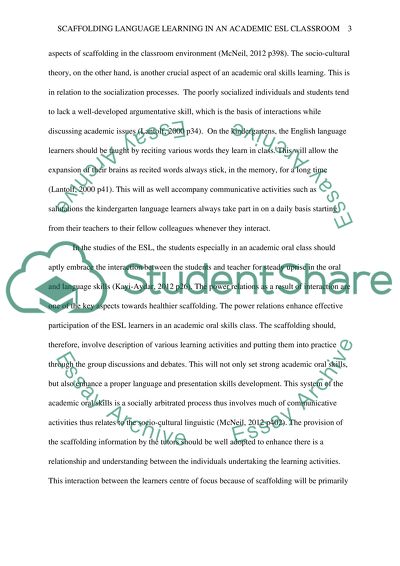Cite this document
(“Scaffolding Language Learning in an Academic ESL Classroom Assignment”, n.d.)
Scaffolding Language Learning in an Academic ESL Classroom Assignment. Retrieved from https://studentshare.org/education/1489525-scaffolding-language-learning-in-an-academic-esl-classroom
Scaffolding Language Learning in an Academic ESL Classroom Assignment. Retrieved from https://studentshare.org/education/1489525-scaffolding-language-learning-in-an-academic-esl-classroom
(Scaffolding Language Learning in an Academic ESL Classroom Assignment)
Scaffolding Language Learning in an Academic ESL Classroom Assignment. https://studentshare.org/education/1489525-scaffolding-language-learning-in-an-academic-esl-classroom.
Scaffolding Language Learning in an Academic ESL Classroom Assignment. https://studentshare.org/education/1489525-scaffolding-language-learning-in-an-academic-esl-classroom.
“Scaffolding Language Learning in an Academic ESL Classroom Assignment”, n.d. https://studentshare.org/education/1489525-scaffolding-language-learning-in-an-academic-esl-classroom.


